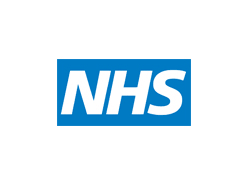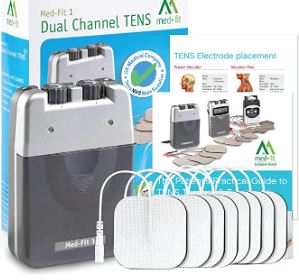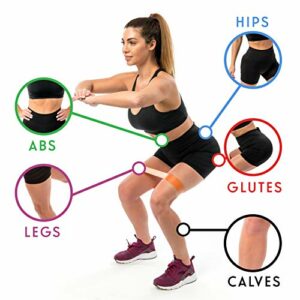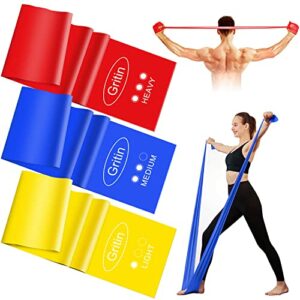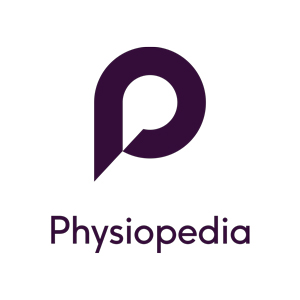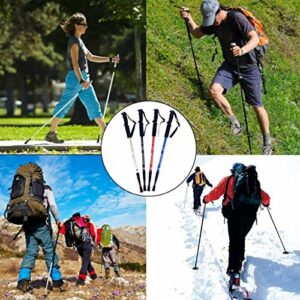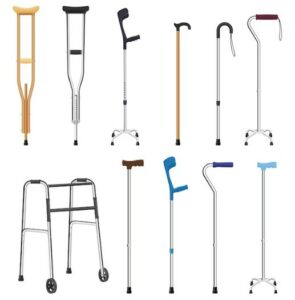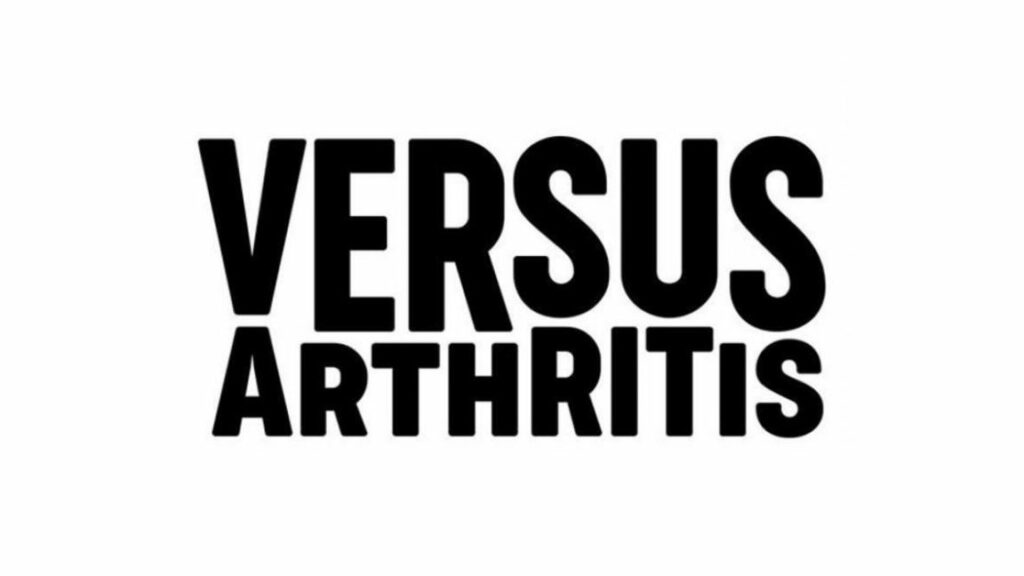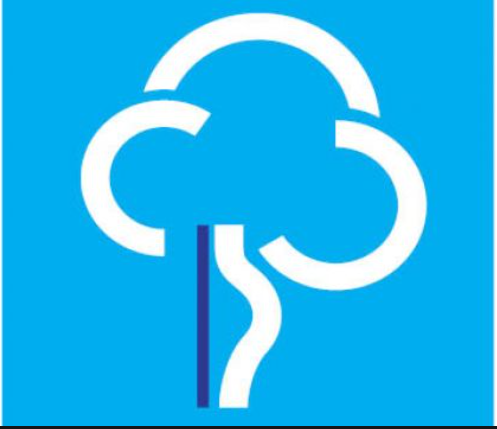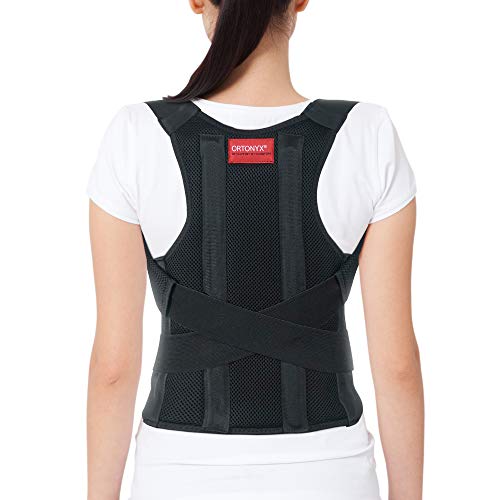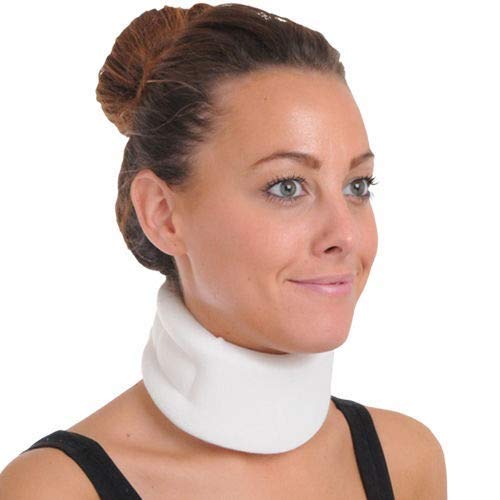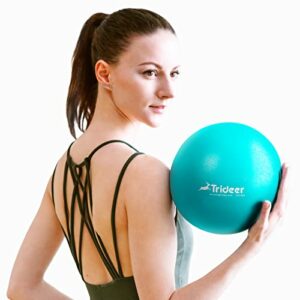Low back pain rehab videos
Low back pain

10 facts you should know about back pain

9 Tips for spine pain and sciatica

Dr Mike Evan from painaustralia.com

Lumbar spine anatomy

Deep muscles of the back
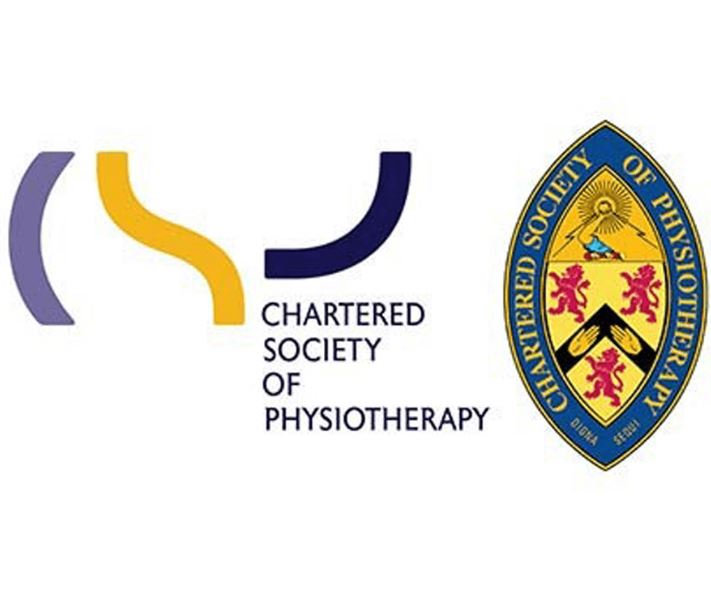
Physio advice on managing back pain

Cauda equina syndrome
Its very rare that back pain is an emergency. Recognising things are different. CSP
STarTBack leaflet and exercises
Cancer in the spine is rare pleased be reassured your back pain is very unlikely to be cancer 0.00024%.
“The hospital-based incidence for all spinal tumors was 0.24/100,000 persons per year.”
Bhat, A. R., Kirmani, A. R., Wani, M. A., & Bhat, M. H. (2016). Incidence, histopathology, and surgical outcome of tumors of spinal cord, nerve roots, meninges, and vertebral column – Data based on single institutional (Sher-i-Kashmir Institute of Medical Sciences) experience. Journal of neurosciences in rural practice, 7(3), 381–391. https://doi.org/10.4103/0976-3147.181489

Exercises for under 55 yr olds

Pelvic tilt

Knee rolls

Knee hugs

Bridge

Prone extensions

Cobra

Child pose

Chair squat

Standing lumbar extension

Superman
Exercises for over 55 yr olds

Child pose

Trunk rotation

Pelvic tilt sitting

Side bend

Pelvic tilt

Both knee hugs

Knee rolls

Lumbar twist stretch
Back support
A Back Brace Belt has been manufactured and designed to help patients with chronic back pain, herniated disc, muscle spasm and weak lower back problems to provide the support needed to function during daily activity.
It is important to note that back supports need to be used alongside a strengthening programme for your core. See here for pilates. Do not leave yourself dependent on this device.
Please make sure you measure your waistline accurately and follow the fitting instructions.
Any new device will take time to get used to, so each day increase your use by 2 hours.
1. Degenerative lumbar spine
2. Osteoporosis of spine
3. Herniated disc
4. Annular tear of disc
5. Recent spinal surgery
6. Disciitis
7. Heavy manual workers
8. Repetitive activity
Click the icon to view options
TENS Transcutaneous Electrical Stimulation
A TENS machine is a small, battery-operated device that has leads connected to sticky pads called electrodes. You attach the pads directly to your skin. When the machine is switched on, small electrical impulses are delivered to the affected area of your body, which you feel as a tingling sensation.
The electrical impulses can reduce the pain signals going to the spinal cord and brain, which may help relieve pain and relax muscles. They may also stimulate the production of endorphins, which are the body’s natural painkillers.
(28.01.23 https://www.nhs.uk/conditions/transcutaneous-electrical-nerve-stimulation-tens/)/
2. peripheral neuropathy
3. pregnancy delivery
Resistance bands
Resistance bands are very useful in managing joint problems. Used for weeks on end to aid healing, or can be use during activity.
Conditions that often require a resistance bands:
1. Joint instability
2. Post operative joints
3. Arthritis
4. Deconditioned muscles
Click the icon to view resistance bands.
Myofascial slings & pilates
Anatomy slings and their relationship with back pain

Core muscle training with pelvic floor activation: series 1

Core muscle training with pelvic floor activation: series 2

Lateral breathing
Pilates book

What is Anterior Oblique Sling?

Bird Dog weight shift

Bird Dog one arm

Bird Dog one leg

Bird Dog horizontal

Bird Dog Quadruped with Hip Abduction Both Sides

Oblique curl up

Reverse lunge with rotation

What is Posterior Oblique Sling?

How to do a side plank

How to do a side plank advanced

Bird Dog horizontal

Bird Dog Quadruped with Hip Abduction Band

Elbow prop plank hip ext

Side bridge with clam band

What is posterior longitudinal Sling?

Spinal roll down from wall standing

Roll down standing

Roll up with band (pregnancy)

Seated C curve roll up 1

Seated C curve roll up 2

Adductor squeeze curl up

Nordic hamstring curl with roller

What is Lateral Sling?

How to do a clam

Side bridge with clam

Side lying glute strengthening

Side lying glute 1

Side lying glute 2

Half single leg squat

Full single leg squat

Squat with band on wall

Squat with band

How to do a lumbar bridge

Lumbar bridge with band 1

Lumbar bridge with band 4

Lumbar bridge with band 6

Lateral sling test

Lateral sling Series

Lateral sling Series 1

Lateral sling Series 2

Lateral sling Series 3

Lateral sling Series combo

Lateral sling Plank

Band lateral Sling birddog from hover
- Hundreds
- Clam
- Hip twist
- Scissors
- Shoulder bridge
- One leg stretch
- Double leg stretch
- One leg circle
- One leg kick
- Leg pull
- Criss cross
- Essential products

Hundreds 1

Hundreds 2

Hundreds 3

Hundreds 4

Hundreds 5 advanced

Hip twist 1

Hip twist 2

Hip twist 3

Hip twist 4

Hip twist 5

Hip twist advanced


Shoulder bridge 2

Shoulder bridge 3







Double leg stretch

One leg circle

One leg circle 2

One leg kick

One leg kick 2

Plank 1 / prone leg pull 2

Prone leg pull 2

Prone leg pull 3

Prone leg pull 4

Leeds Physiotherapy & Pilates Practice
Criss Cross
Resistance bands
Resistance bands are very useful in managing joint problems. Used for weeks on end to aid healing, or can be use during activity.
Conditions that often require a resistance bands:
1. Joint instability
2. Post operative joints
3. Arthritis
4. Deconditioned muscles
Click the icon to view resistance bands.

Animation of DDD

Animation of DDD
DDD

Degenerative spine with Professor Lee Riley

Deep muscles of the back
Exercises for over 55 yr olds

Child pose

Trunk rotation

Pelvic tilt sitting

Side bend

Pelvic tilt

Both knee hugs

Knee rolls

Lumbar twist stretch

DDD exercises

10 best exercises for DDD

Facet injection pain management

Lumbar facet medial branch blocks

Lumbar facet radio-frequency denervation
Back support
A Back Brace Belt has been manufactured and designed to help patients with chronic back pain, herniated disc, muscle spasm and weak lower back problems to provide the support needed to function during daily activity.
It is important to note that back supports need to be used alongside a strengthening programme for your core. See here for pilates. Do not leave yourself dependent on this device.
Please make sure you measure your waistline accurately and follow the fitting instructions.
Any new device will take time to get used to, so each day increase your use by 2 hours.
1. Degenerative lumbar spine
2. Osteoporosis of spine
3. Herniated disc
4. Annular tear of disc
5. Recent spinal surgery
6. Disciitis
7. Heavy manual workers
8. Repetitive activity
Click the icon to view options
TENS Transcutaneous Electrical Stimulation
A TENS machine is a small, battery-operated device that has leads connected to sticky pads called electrodes. You attach the pads directly to your skin. When the machine is switched on, small electrical impulses are delivered to the affected area of your body, which you feel as a tingling sensation.
The electrical impulses can reduce the pain signals going to the spinal cord and brain, which may help relieve pain and relax muscles. They may also stimulate the production of endorphins, which are the body’s natural painkillers.
(28.01.23 https://www.nhs.uk/conditions/transcutaneous-electrical-nerve-stimulation-tens/)/
2. peripheral neuropathy
3. pregnancy delivery
Nordic pole walking
Nordic Walking uses specially designed poles – not to be confused with trekking poles – to enhance your natural walking experience. With a technique that is similar to the upper body action of classic cross-country skiing, Nordic Walking is a genuinely whole body exercise that can be enjoyed at many levels, at low, medium or high intensity.
For those with persistent back pain, slightly flex forward your back posture to open up the space in your spine, this will help improve walking intensity.
- Burn around 20% more calories compared to walking without poles.
- Release tension in your neck and shoulders.
- Improve your posture and gait.
- Strengthen your back and abdominal muscles.
- Reduce the impact on your joints.
(28.01.23 https://britishnordicwalking.org.uk/pages/about-nordic-walking)
Click the icon to view poles
Walking aids
These devices provide stability, and promote independence and confidence when one is challenged by musculoskeletal problems.
Conditions that often require walking aids:
1. Lower limb weakness and pain
3. Joint osteoarthritis
4. Frailty
5. Balance deficit
6. Neurological disorders
7. Post operative lower limb conditions
Click the icon to view walking aids
Osteoarthritis of the spine
Facet joint syndrome
Low back pain related to hyperlordosis

Facet joint syndrome

Normal lumbar facet disc
Low back pain is a common problem, affecting around one-third of the UK adult population each
Year1. For some there is an obvious cause e.g. injury or trauma, for others this is not the case i.e. perhaps a result of their lifestyle and the postures they adopt day to day.
The lower back has a natural curve called a lordosis, this provides a shock absorbing benefit, like a spring effect, however for some this postural curve can become too pronounced, almost exaggerated. This hyper-lordosis in combination with lifestyle and postures can result in lower back stiffness, muscle tightness and core muscle deconditioning. In some cases the pain can be severe and travel down the nerves in your legs.
Your physiotherapist can help you to relieve these symptoms with the following exercises.
A big lumbar curve

Fix “Anterior Pelvic Tilt” in 10 Minutes/Day (Daily Exercise Routine) Jeremy Ethier www.builtwith

Facet joint syndrome stretches

3 exercises for facet joint syndrome

3 signs you have facet joint syndrome

iliopsoas muscle action function anatomy and innervation

Is your psoas muscle tight weak how to tell stretch and strengthen

Chad Madden Physical therapist
Top 3 exercises for hip flexor strengthening (basic)

Hip flexor strain stretches and exercises

Hip flexor pain

Exercises to improve hip flexor strength (advanced)
Illiopsoas Syndrome
Back support
A Back Brace Belt has been manufactured and designed to help patients with chronic back pain, herniated disc, muscle spasm and weak lower back problems to provide the support needed to function during daily activity.
It is important to note that back supports need to be used alongside a strengthening programme for your core. See here for pilates. Do not leave yourself dependent on this device.
Please make sure you measure your waistline accurately and follow the fitting instructions.
Any new device will take time to get used to, so each day increase your use by 2 hours.
1. Degenerative lumbar spine
2. Osteoporosis of spine
3. Herniated disc
4. Annular tear of disc
5. Recent spinal surgery
6. Disciitis
7. Heavy manual workers
8. Repetitive activity
Click the icon to view options
TENS Transcutaneous Electrical Stimulation
A TENS machine is a small, battery-operated device that has leads connected to sticky pads called electrodes. You attach the pads directly to your skin. When the machine is switched on, small electrical impulses are delivered to the affected area of your body, which you feel as a tingling sensation.
The electrical impulses can reduce the pain signals going to the spinal cord and brain, which may help relieve pain and relax muscles. They may also stimulate the production of endorphins, which are the body’s natural painkillers.
(28.01.23 https://www.nhs.uk/conditions/transcutaneous-electrical-nerve-stimulation-tens/)/
2. peripheral neuropathy
3. pregnancy delivery
Nordic pole walking
Nordic Walking uses specially designed poles – not to be confused with trekking poles – to enhance your natural walking experience. With a technique that is similar to the upper body action of classic cross-country skiing, Nordic Walking is a genuinely whole body exercise that can be enjoyed at many levels, at low, medium or high intensity.
For those with persistent back pain, slightly flex forward your back posture to open up the space in your spine, this will help improve walking intensity.
- Burn around 20% more calories compared to walking without poles.
- Release tension in your neck and shoulders.
- Improve your posture and gait.
- Strengthen your back and abdominal muscles.
- Reduce the impact on your joints.
(28.01.23 https://britishnordicwalking.org.uk/pages/about-nordic-walking)
Click the icon to view poles

Lumbar spondylosis
Lumbar spondylolysis
Lumbar spondylolisthesis

Treating Spondylosis, Spondylolysis, & Spondylolisthesis (Lumbar Spine)

What is Spondylosis? Spondylolysis Spondyolisthesis Diagnosis & Management


Spondylosis, Spondylolysis, Spondylolisthesis
Back support
A Back Brace Belt has been manufactured and designed to help patients with chronic back pain, herniated disc, muscle spasm and weak lower back problems to provide the support needed to function during daily activity.
It is important to note that back supports need to be used alongside a strengthening programme for your core. See here for pilates. Do not leave yourself dependent on this device.
Please make sure you measure your waistline accurately and follow the fitting instructions.
Any new device will take time to get used to, so each day increase your use by 2 hours.
1. Degenerative lumbar spine
2. Osteoporosis of spine
3. Herniated disc
4. Annular tear of disc
5. Recent spinal surgery
6. Disciitis
7. Heavy manual workers
8. Repetitive activity
Click the icon to view options
TENS Transcutaneous Electrical Stimulation
A TENS machine is a small, battery-operated device that has leads connected to sticky pads called electrodes. You attach the pads directly to your skin. When the machine is switched on, small electrical impulses are delivered to the affected area of your body, which you feel as a tingling sensation.
The electrical impulses can reduce the pain signals going to the spinal cord and brain, which may help relieve pain and relax muscles. They may also stimulate the production of endorphins, which are the body’s natural painkillers.
(28.01.23 https://www.nhs.uk/conditions/transcutaneous-electrical-nerve-stimulation-tens/)/
2. peripheral neuropathy
3. pregnancy delivery
Nordic pole walking
Nordic Walking uses specially designed poles – not to be confused with trekking poles – to enhance your natural walking experience. With a technique that is similar to the upper body action of classic cross-country skiing, Nordic Walking is a genuinely whole body exercise that can be enjoyed at many levels, at low, medium or high intensity.
For those with persistent back pain, slightly flex forward your back posture to open up the space in your spine, this will help improve walking intensity.
- Burn around 20% more calories compared to walking without poles.
- Release tension in your neck and shoulders.
- Improve your posture and gait.
- Strengthen your back and abdominal muscles.
- Reduce the impact on your joints.
(28.01.23 https://britishnordicwalking.org.uk/pages/about-nordic-walking)
Click the icon to view poles
Resistance bands
Resistance bands are very useful in managing joint problems. Used for weeks on end to aid healing, or can be use during activity.
Conditions that often require a resistance bands:
1. Joint instability
2. Post operative joints
3. Arthritis
4. Deconditioned muscles
Click the icon to view resistance bands.
- Info for adults
- Exercises for adults
- Info for adolescent
- Exercises for adolescent
- Braces
- Sleep positions

6 exercises to try at home

10 best scoliosis stretches

10 best scoliosis exercises

Scoliosis back pain relief

What is scoliosis?

How to check your child for scoliosis

Setting scoliosis straight foundation
conservative and surgical options

Setting scoliosis straight foundation
Scoliosis FAQ – Bracing options
Adolescent idiopathic scoliosis
Congenital scoliosis
Website
Adolescent scoliosis

6 exercises to try at home

Spinal elongation

SEAS approach for scoliosis

Schroth Method for scoliosis

Schroth Method for scoliosis

Schroth Method for Kyphosis

Taping
Posture corrector
Posture correctors are used to relieve pain and aid skeletal alignment. It is important to understand that persistent use of these aids has been shown to decondition your muscles. These aids must be used as part of a rehabilitation program, likely involving strengthening. It is often very difficult to get a correct fit with these devices, there may be initial discomfort, but please consider returning your item if you feel it is providing problems and discomfort. Your tolerance to the device will grow , so wear it 2 hours more each day.
There are many conditions which benefit from a posture corrector:
- Osteoporosis
- Scoliosis and kyphosis
- Postural dysfunction
- Heavy chest
- Spinal nerve irritation
- Arthritis
- Thoracic outlet syndrome
- and many more

Best mattress for scoliosis

Annie Pilates Physical Therapist
3 best sleeping positions for scoliosis

best sleeping positions for scoliosis
Recommended products
These product exactly or as closely as possible match those commonly issued in the healthcare industry. Clinically approved.
Osteoporosis
Osteoporosis

Everything you need to know about Osteoporosis

How to assess fracture risk FRAX
Exercises for your back

Beginners core workout

Hip strengthening

Spine strength and posture

intermediate core workout

Advanced core workout

8 weight training gym exercises

Low intensity Vibration Therapy
Spinal fractures

Osteoporotic vertebral fractures

6 fracture predictors

The supine sign for Osteoporotic vertebral fractures

Closed fist percussion sign for osteoporotic vertebral fractures

Thoracic and lumbar vertebra
Lumbar compression fractures
Susans story
Recovering from a spinal fracture

Posture


Exercises not to do

Osteoporosis exercises

Brenda’s story

Should you wear a back brace?

How to fit a back brace
Posture corrector
Posture correctors are used to relieve pain and aid skeletal alignment. It is important to understand that persistent use of these aids has been shown to decondition your muscles. These aids must be used as part of a rehabilitation program, likely involving strengthening. It is often very difficult to get a correct fit with these devices, there may be initial discomfort, but please consider returning your item if you feel it is providing problems and discomfort. Your tolerance to the device will grow , so wear it 2 hours more each day.
There are many conditions which benefit from a posture corrector:
- Osteoporosis
- Scoliosis and kyphosis
- Postural dysfunction
- Heavy chest
- Spinal nerve irritation
- Arthritis
- Thoracic outlet syndrome
- and many more
TENS Transcutaneous Electrical Stimulation
A TENS machine is a small, battery-operated device that has leads connected to sticky pads called electrodes. You attach the pads directly to your skin. When the machine is switched on, small electrical impulses are delivered to the affected area of your body, which you feel as a tingling sensation.
The electrical impulses can reduce the pain signals going to the spinal cord and brain, which may help relieve pain and relax muscles. They may also stimulate the production of endorphins, which are the body’s natural painkillers.
(28.01.23 https://www.nhs.uk/conditions/transcutaneous-electrical-nerve-stimulation-tens/)/
2. peripheral neuropathy
3. pregnancy delivery
Resistance bands
Resistance bands are very useful in managing joint problems. Used for weeks on end to aid healing, or can be use during activity.
Conditions that often require a resistance bands:
1. Joint instability
2. Post operative joints
3. Arthritis
4. Deconditioned muscles
Click the icon to view resistance bands.
Thoracic back pain
Back pain
Thoracic anatomy

Spinal bone spurs

Muscle of the thoracic wall

Bones of the thoracic wall

Neurological evaluation of thoracic spine


Thoracic mobility drill

Improve thoracic mobility


Thoracic spine extension strengthening exercises

Thoracic back exercises (YTWI’s)

Epidural injections Upper back (thoracic)

Thoracic facet radiofrequency neurotomy
Posture corrector
Posture correctors are used to relieve pain and aid skeletal alignment. It is important to understand that persistent use of these aids has been shown to decondition your muscles. These aids must be used as part of a rehabilitation program, likely involving strengthening. It is often very difficult to get a correct fit with these devices, there may be initial discomfort, but please consider returning your item if you feel it is providing problems and discomfort. Your tolerance to the device will grow , so wear it 2 hours more each day.
There are many conditions which benefit from a posture corrector:
- Osteoporosis
- Scoliosis and kyphosis
- Postural dysfunction
- Heavy chest
- Spinal nerve irritation
- Arthritis
- Thoracic outlet syndrome
- and many more

